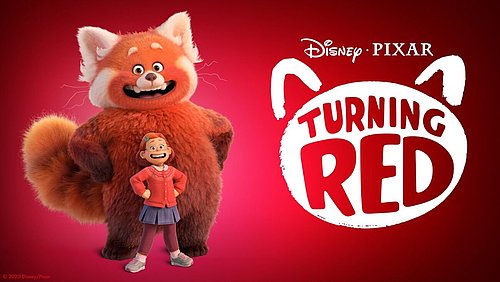
Summer 2025 Trend Debrief
Webtoons and Microdramas: The Next Big Content Trends

Read the full report - HERE
Kids, teens, and young adults are embracing new ways of consuming stories, and two formats in particular are capturing their attention: webtoons and microdramas. Both are designed for mobile, both thrive on cliffhangers and binge culture, and both are building global fandoms at remarkable speed. For brands, creators, and IP owners, they represent a new era of scalable, youth-driven storytelling.
Webtoons: From Niche Comics to Global Phenomena
Webtoons are scrollable digital comics designed specifically for smartphones and tablets. Unlike traditional comic books, they use a vertical format that feels as natural to read as scrolling through a social feed. The format originated in South Korea in the early 2000s and has since exploded into a $9 billion global market with more than 170 million monthly active users. The fastest-growing audience is under 18, making webtoons a critical touchpoint for Gen Z and Gen Alpha.
Part of their appeal lies in accessibility. Episodes are free to read, with optional micro-payments for those who want early access or bonus content. New chapters drop weekly, creating appointment reading habits. The stories are also highly visual and bingeable, with colourful art styles and expressive characters that resonate deeply with young readers. Genres such as romance, fantasy, slice-of-life, and LGBTQ+ stories dominate because they reflect the real lives, dreams, and identities of their audiences.
This combination of relatability and escapism has transformed webtoons into a powerful pipeline for global franchises. Lore Olympus, Tower of God, and Heartstopper are just a few examples of series that began as webtoons and grew into bestselling books, anime adaptations, and Netflix hits. For brands, webtoons are more than just content; they are a low-cost way to test new ideas, nurture communities, and extend stories across media.
Microdramas: Short-Form Soap Operas for the Smartphone Generation
While webtoons reinvent comics, microdramas are reimagining television. These ultra-short, vertically filmed soap operas typically run just one to three minutes per episode, each ending on an irresistible cliffhanger. The format took off in China around 2019 and is now booming in the West through apps like ReelShort, DramaBox, and ShortTV, which together attract more than 50 million monthly users in North America.
What makes microdramas so compelling is their addictive structure. Entire seasons can be produced on relatively low budgets, but the stories lean into melodrama, fantasy, and romance; the kinds of over-the-top narratives that audiences love to binge. Discovery often starts on TikTok or Instagram, where viral teaser clips drive millions of viewers to download dedicated apps. The result is a fast-growing industry: in 2024 alone, U.S. audiences spent $1.2 billion on microdrama apps, while flagship series like The Double Life of My Billionaire Husband have racked up hundreds of millions of views.
Even brands are experimenting with the format. KFC, for instance, produced its own vertical drama that wove meal deals into the plot. Within weeks, it had topped 100 million views and driven measurable sales, showing how seamlessly storytelling and commerce can blend in this space.
Why These Formats Matter
Although one is image-based and the other is live-action, webtoons and microdramas share the same DNA. Both are built for vertical scrolling, both thrive on serialised cliffhangers, and both attract youth audiences looking for content they can consume quickly on their phones. They are also designed for community: comment sections, fan art, and viral clips make audiences feel part of something bigger than the story itself.
For IP owners, these formats are powerful tools. They can act as testing grounds for new stories, helping gauge what resonates before committing to larger-scale adaptations. They also open up new revenue streams, from ad-supported reading and viewing to microtransactions and merchandise. Most importantly, they accelerate the fandom journey: transforming casual readers and viewers into superfans who want to engage more deeply with a brand.
Conclusion
Webtoons and microdramas are not passing trends. They are smart, scalable ways to connect with kids and teens exactly where they are; on their phones, scrolling, sharing, and searching for the next story to fall in love with. For brands and creators, they offer a low-risk entry point into new audiences and a springboard for global IP.
In an increasingly crowded content landscape, they provide a fast-track to engagement, community, and stories that travel far beyond the screen.


